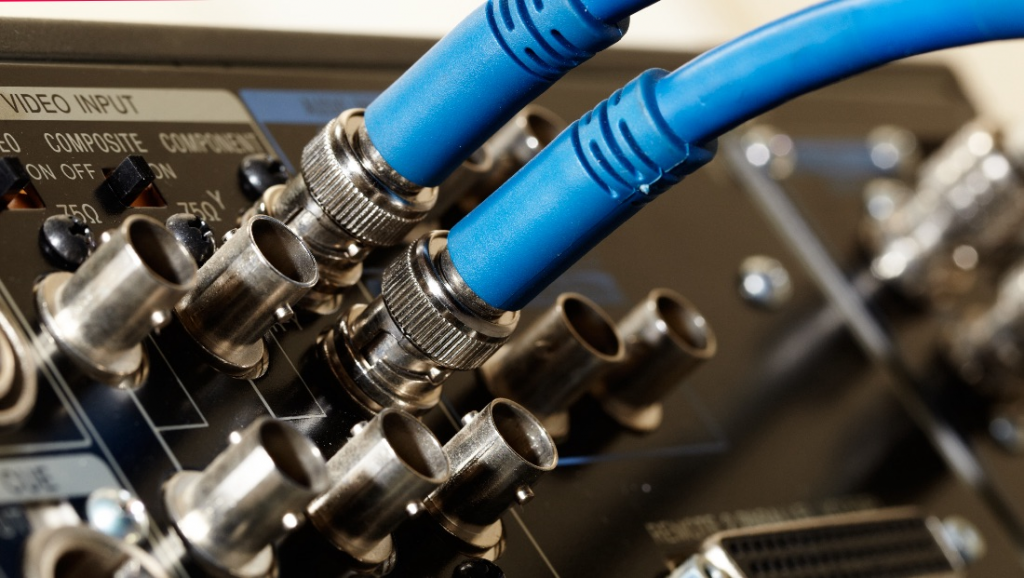The transition from SDI (Serial Digital Interface) to IP (Internet Protocol) in video production has been a revolutionary change in the industry. SDI is a traditional method of transmitting video signals using cables, while IP allows for the transmission of video over a network using packets of data.
One of the main advantages of using IP in video production is the ability to transmit video signals over longer distances without degradation of quality. With SDI, the signal can degrade over longer distances, requiring the use of repeaters or other equipment to maintain the signal quality. IP, on the other hand, allows for the transmission of video signals over long distances without the need for repeaters or other equipment, as the data packets can be transmitted and received by networking equipment such as switches and routers.
Another advantage of IP in video production is the ability to transmit multiple video signals over a single connection.

With SDI, each video signal requires its own dedicated connection, which can be both time-consuming and costly to set up. With IP, multiple video signals can be transmitted over a single connection, making it more efficient and cost-effective.
In addition, the use of IP in video production allows for the integration of video signals with other types of data, such as audio, metadata, and control signals. This can be especially useful in larger productions, where multiple cameras and other equipment need to be coordinated and controlled.
However, the transition to IP in video production has not been without its challenges. One of the main issues has been the need to adapt existing infrastructure to support IP. This has often required the replacement of older SDI equipment with newer IP-based equipment, which can be a significant investment for production companies.
Despite these challenges, the transition to IP in video production has brought significant benefits and has paved the way for even more advanced and innovative technologies in the future. As IP continues to become more widely adopted, it is likely that it will become the standard for video production in the coming years. Currently, there are two popular video over IP standards in use by broadcasters. They are NDI (Network Device Interface) and ST 2110 (SMPTE 2110). We’ll discuss the pro and cons of each standard in future articles.
